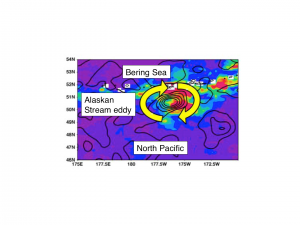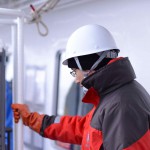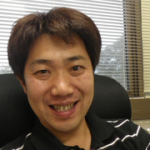Hiromichi Ueno
Influence of mesoscale eddies on biogeochemical cycle and lower trophic ecosystem in the western subarctic North Pacific
Research Summary
The subarctic North Pacific is high-nutrient, low-chlorophyll (HNLC) environments where primary production is limited by availability of iron. In the Gulf of Alaska, eddies have a significant impact on the exchange of heat, freshwater, macro- and micro- nutrients (including iron) and biota between the shelf region and the offshore region, and thus play a key role in the productivity of the Alaskan Gyre (Fig. 1). For example, some Sitka and Haida eddies, propagating westward to the central Gulf of Alaska, carry coastal water from the shelf region to the central Gulf of Alaska by containing coastal water at the eddy center and also by advection in the outer ring of the eddy. Yakutat eddies and some Sitka eddies propagating southwestward in the AS in the western Gulf of Alaska also affect the water exchange between the shelf and offshore regions by entraining coastal water in their outer rings, and also by injecting deep-sea waters onto the shelf. In this study we try to understand the influence of mesoscale eddies on biogeochemical cycle and lower trophic ecosystem in the western subarctic North Pacific via satellite-data analyses and ship-observations by T/S Oshoro-maru (Fig. 2).

Fig. 1. Example of the impact of mesoscale eddies on marine ecosystems (colors: net primary production (red: high), lines: sea level anomaly)
Principal Investigator:
Hiromichi Ueno
Associate Professor, Faculty of Fisheries Sciences, Hokkaido University, Physical Oceanography
http://www2.fish.hokudai.ac.jp/modules/labo/content0099.html
Joint Cooperator:
Atsushi Yamaguchi
Associate Professor, Faculty of Fisheries Sciences, Hokkaido University, Marine Biology
Rui Saito (Postdoctoral Fellow, Centor for Marine Environmental Studies, Ehime University, Physical Oceanography)
Hiromu Ishiyama (Graduate Student, Graduate School of Environmental Science, , Hokkaido University, Physical Oceanography)




